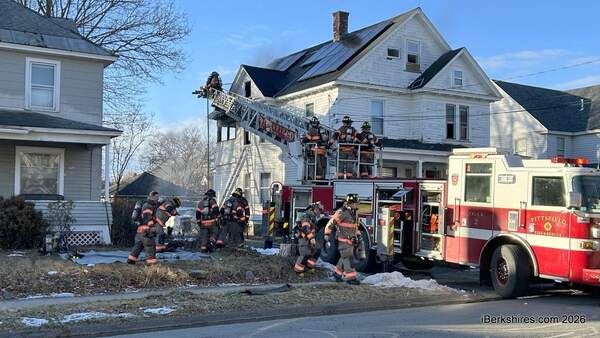Hot Weather Reminder From State Fire Marshal
STOW, Mass. — State Fire Marshal Peter J. Ostroskey reminds residents that air conditioners and other major appliances should be plugged directly into wall outlets, not extension cords or power strips.
"We're looking at a hot, humid weekend, and many folks will be bringing out their air conditioners or heading to the store to buy them," State Fire Marshal Ostroskey said. "Like all major appliances, these devices should be plugged directly into a wall outlet. They can overload a power strip or extension cord and cause a fire."
Electrical fires are the second-leading cause of fire deaths and the third-leading type of residential fires overall in Massachusetts, the Marshal said.
Protect yourself and your family by following these safety tips at home:
-
Avoid overloading outlets
-
Use only one device plugged into a power strip at a time
-
Remember that extension cords are for temporary use
-
Check electrical cords for damage and keep them out from under rugs and furniture
-
Charge laptops, phones, e-cigarettes, and other rechargeable devices on hard, stable surfaces, not beds or couches
-
Call a licensed electrician if you experience flickering lights, frequently blown fuses or tripped circuit breakers, or unusually warm plugs, cords, or switches
-
Call your local fire department if you see arcs or sparks, hear a sizzling or buzzing sound, or smell the odor of something burning in the home
-
Have a licensed electrician review your home's electrical system every ten years
"No matter the weather, every household should have working smoke alarms on every floor and a practiced home escape plan that accounts for two ways out," State Fire Marshal Ostroskey said. "A fire at home can become deadly in less than three minutes."
Tags: state fire marshal,















